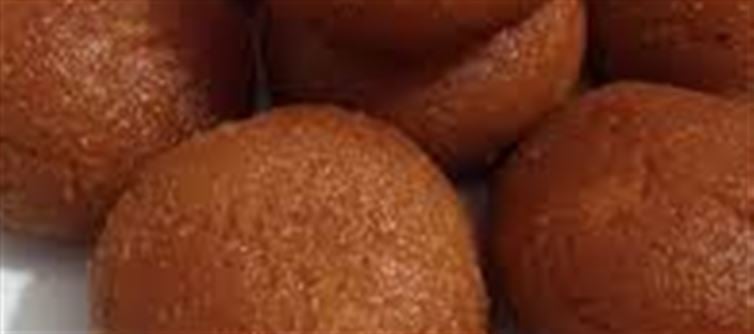
Kheer Mohan is more than just a dessert—it’s a beloved sweet that transcends occasions, loved by children and adults alike. Whether it’s a festival, wedding, or just a regular day, this dessert brings joy to every table.
1. What is kheer Mohan?
Kheer Mohan is a traditional indian sweet made from khoya (milk solids), sugar, and cardamom, often garnished with nuts and saffron. Its soft, melt-in-the-mouth texture and rich flavor make it a favorite across generations.
- Universal Appeal: Loved by both kids and adults
- Festive Favorite: A must-have at Diwali, Holi, weddings, and religious ceremonies
- Versatile Dessert: Can be served warm or chilled, plain or with nuts
3. A Sweet for Any Occasion
Kheer Mohan isn’t reserved for special events only. Many families enjoy it as:
- A daily dessert after lunch or dinner
- A treat for guests visiting home
- A gift during festivals, packaged in traditional boxes
4. Ingredients That Make It Special
- Khoya (Mawa): The base gives richness and creamy texture
- Sugar: adds sweetness while balancing flavors
- Cardamom & Saffron: Impart a delightful aroma
- Nuts (Almonds, Cashews, Pistachios): Add crunch and visual appeal
5. How to Enjoy kheer Mohan
- Pair it with hot chai or coffee for an indulgent snack
- Serve chilled for a refreshing treat in summer
- Include in festive thalis alongside other sweets
6. Regional Variations
Different regions in india put their own spin on kheer Mohan:
- Bengal: Sometimes flavored with rose water
- North India: Richer versions with dry fruits and saffron
- Maharashtra & Gujarat: Slightly firmer texture, ideal for gifting
7. Why It Remains Popular
Kheer Mohan’s timeless charm lies in its perfect balance of sweetness, aroma, and texture. It’s a dessert that evokes nostalgia, celebrates culture, and brings people together over shared love for something sweet.
Bottom Line: Whether it’s a regular day or a festive celebration, kheer Mohan continues to mesmerize everyone with its rich taste, creamy texture, and irresistible aroma. It’s more than a sweet—it’s a tradition loved by all ages.
Disclaimer:
The views and opinions expressed in this article are those of the author and do not necessarily reflect the official policy or position of any agency, organization, employer, or company. All information provided is for general informational purposes only. While every effort has been made to ensure accuracy, we make no representations or warranties of any kind, express or implied, about the completeness, reliability, or suitability of the information contained herein. Readers are advised to verify facts and seek professional advice where necessary. Any reliance placed on such information is strictly at the reader’s own risk.
.jpg)




 click and follow Indiaherald WhatsApp channel
click and follow Indiaherald WhatsApp channel